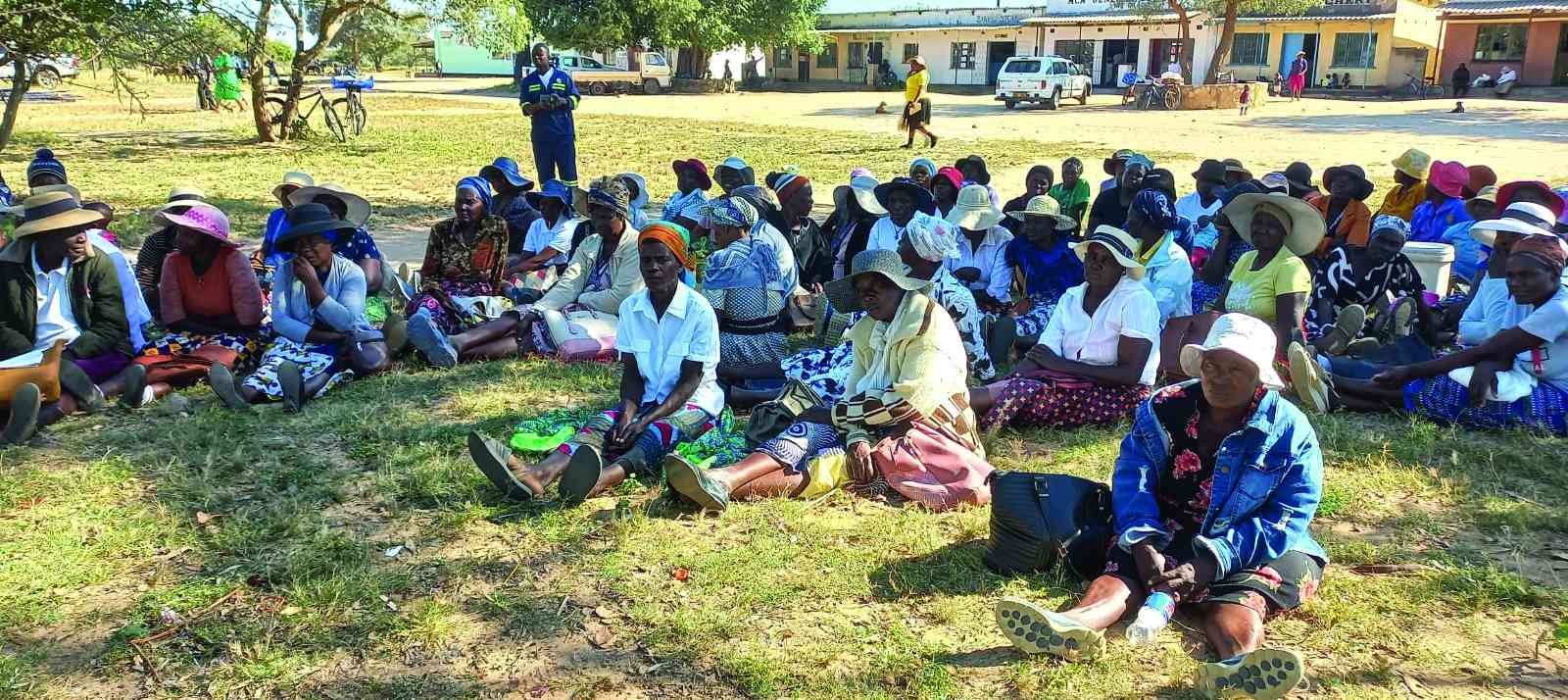
THE Zimbabwean government has announced the rollout of the long-awaited Tugwi-Mukosi Master Plan, which proposes major infrastructural and tourism developments around the country’s largest inland dam.
A 60-day public consultation period, set to end on June 25, 2025, was launched alongside the plan.
Government claims the proposed projects — including railway link to South Africa, an airstrip, recreational facilities and a game park — will transform the area to a “green belt” and a southern economic hub.
Already, officials are boasting that the site has attracted 500 foreign tourists.
However, beneath the optimism lies a darker reality: more than 3 600 families in Chivi and Masvingo districts face possible displacement — on top of the 3 300 families relocated in 2014 following floods caused by the dam’s construction.
A joint planning authority has been established to oversee the developments with four universities having reportedly been involved in drafting the plan.
Yet, the voices of affected communities remain subdued and government’s track record raises serious doubts about whether it can be trusted to implement the project in a humane and lawful manner.
This is not the first time Chivi South residents have suffered due to government-led development.
- I rejected Zanu PF scarf: Burna Boy
- NMB workers take on employer
- Mbavara eyes to resurrect Matavire’s music legacy
- I rejected Zanu PF scarf: Burna Boy
Keep Reading
The initial phase of the Tugwi-Mukosi Dam construction saw thousands of families forcibly relocated to Nuanetsi Ranch in Mwenezi.
At the time, the government claimed that an additional 6 000 people would be evicted to make way for a planned new town.
Following heavy rainfall in February 2014, the dam basin flooded, prompting then President Robert Mugabe to declare the situation a national disaster and appeal for US$20 million in international aid.
The army and Department of Civil Protection relocated over 3 000 families to temporary camps.
But within months, those camps were shut down and residents were resettled on small one-hectare plots — despite earlier promises of five hectares per family.
Former Masvingo Provincial Affairs minister Kudakwashe Bhasikiti explained that the resettled families would grow sugarcane for a government-run ethanol project. This decision, according to officials, was based on profitability rather than the needs or preferences of the displaced.
The project is, however, far from completion, leaving families with no viable livelihoods in the meantime.
Land ownership remained unclear hence families were unable to construct permanent homes, relying entirely on aid for food and shelter.
Government employed a range of coercive tactics to enforce compliance with the relocation.
In April 2014, then Local Government minister Ignatius Chombo declared that food aid would only be provided to families who agreed to move to the designated relocation sites — an unethical and inhumane policy.
Between May 20 and 23 of that year, soldiers demolished food warehouses at Chingwizi camp and moved them 20km away to the new resettlement area.
Government agents dismantled toilets, shut down the camp school and closed the only clinic.
Despite government claims that resettlement was voluntary, Human Rights Watch investigations at the time found no evidence of community members embracing relocation, contrary to the official narrative.
Instead, armed riot police was used to forcibly remove residents, revealing a campaign rooted in intimidation rather than transparency or choice.
These events are not isolated. Zimbabwe has a long history of displacing vulnerable populations without following due process or provision of adequate support.
In 2005, during Operation Murambatsvina, roughly 700 000 people lost their homes and livelihoods under the pretence of urban renewal and order.
As with Tugwi-Mukosi, government failed to provide meaningful compensation or resettlement assistance.
Now, a decade after the first wave of displacements, another 3 652 households are at risk, yet officials continue to downplay the threat.
Masvingo Provincial Affairs and Devolution permanent secretary Addmore Pazvakavambwa claims that displacement will be a “last resort”, insisting that the government prefers “re-organising” communities rather than removing them.
But without legal guarantees, independent oversight or enforceable protections, such assurances ring hollow.
Meanwhile, reports continue to surface that politically-connected elites stand to benefit most from the planned development.
Politicians and their allies are often the first in line for lucrative stakes in tourism and hospitality ventures in areas like Tugwi-Mukosi, raising concern about corruption, nepotism and exploitation.
The government’s current handling of the Tugwi-Mukosi Master Plan reveals a dangerous pattern that disadvantages the poor, justified by rhetoric and forcibly implemented.
With a documented history of coerced resettlement, broken promises and abuse of power, the State has shown it cannot be trusted to safeguard the rights and welfare of displaced communities.
Unless independent mechanisms are established to ensure transparency, accountability and meaningful community participation, the cycle of displacement and dispossession will continue — this time, under the guise of national development.






